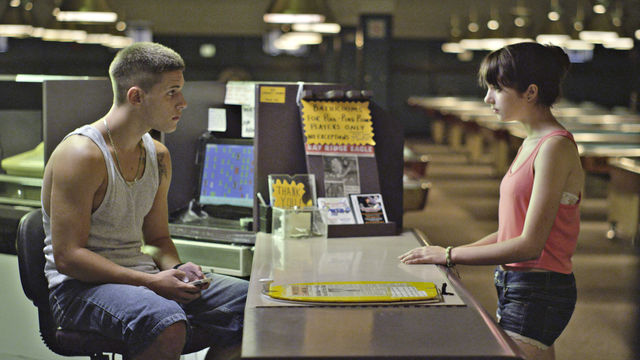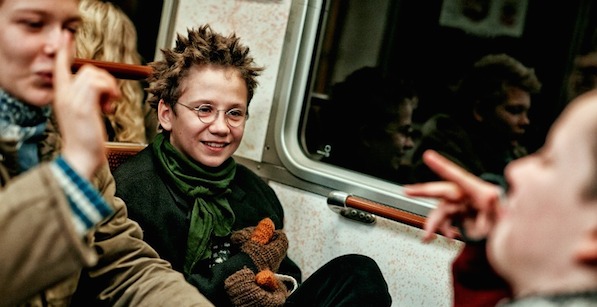
Not that there’s anything wrong with Boyhood. In fact it would have topped this list. But 2014 was a strong year for coming-of-age stories apart from Richard Linklater’s innovative film. Not all of these movies celebrate or romanticize youth. Some of them mourn it or treat it with trepidation. Some are not, strictly speaking, about youth at all. But they all do circle a similar set of dilemmas: how to be comfortable with yourself, how to act comfortably in the world around you, and how to attempt, if never successfully, to do both at the same time.
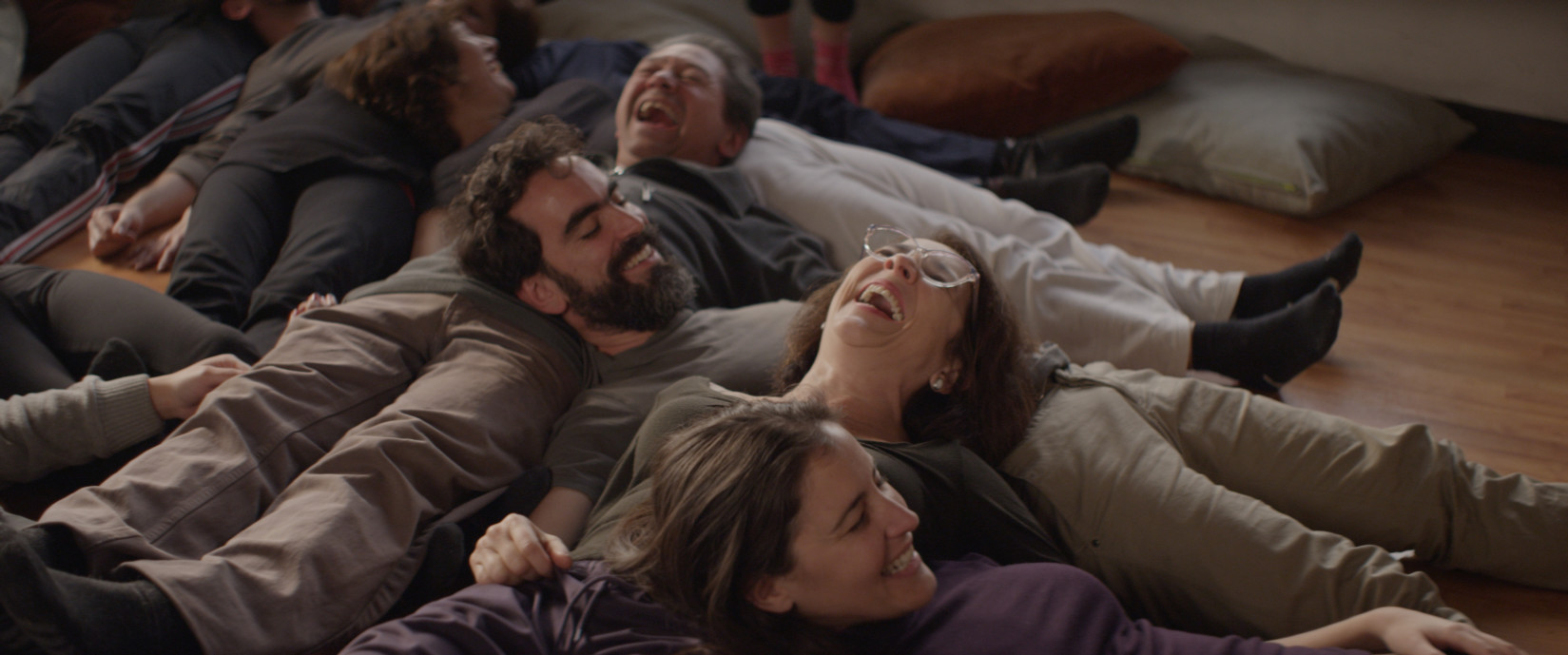
Gloria
The eponymous protagonist (Paulina García) in Sebastián Lelio’s comedy is not a pre-teen, a teen, or a twentysomething suffering from arrested development. She’s in her fifties, has a stable job, and kids who perhaps don’t spend as much time with her as she would like, but who are hardly uncaring. She’s also divorced and ready to find another partner, which she does in the flawed but affectionate Rodolfo (Sergio Hernández). If the particularities of Gloria’s struggles are different from a teenager’s, they nevertheless share some general similarities: Gloria must contend with a deteriorating body, teens with ones awkwardly taking up their adult form. Ultimately, their common plight is the transition, however undesired, into a new phase of life. In Gloria, Lelio refreshingly doesn’t cast that shift in terms of a mid-life crisis, as Stephanie Zacharek points out in her review. The movie simply recognizes that if you have an opportunity for a second adulthood, you might as well take it.
Palo Alto
Gia Coppola’s adaptation of James Franco’s short stories has quite a few resemblances to her aunt Sofia’s films, but most important among them is her sympathy for her teenage characters. It’s not that any of them are particularly loathsome, but even when they come close, Coppola movingly keeps her focus on their insecurities and shyness. The same can’t be said for how Coppola treats the film’s adults, who are distant at best, actively harmful at worst, and in any case serve as cautionary tales for the movie’s younger characters. It’s through them that Coppola finds the distance to examine her younger characters’ less cautious behavior. Because even as she cuts them some slack, Coppola’s quite aware, and worried, about what they might turn into.

Joe
Joe stars Tye Sheridan in only his third feature film performance. His first two were The Tree of Life and Mud, which makes for a formidable trilogy. Playing Gary in Joe, Sheridan does repeat much from his performance in Mud. Again he plays a slightly naïve teen being inducted into a rough-and-tumble world by a mysterious father figure (Nicolas Cage in Joe; Matthew McConaughey in Mud). But there’s a darker edge to the world of David Gordon Green’s film. It and Mud both portray worlds defined by hypocrisy and compromise, but if Mud tries to preserve some of the magic and innocence of childhood, Joe leaves Gary no option but to accept the injustice.
Hide Your Smiling Faces
Daniel Patrick Carbone’s confident debut takes place over the course of a New Jersey summer, during which two brothers, Eric (Nathan Varnson) and Tommy (Ryan Jones), have to grapple with the tragic death of their friend. Carbone leaves us in the dark over whether Eric and Tommy’s friend fell to his death or committed suicide, and that mystery slowly turns to a pervading sense of dread. During the long summer days, Eric and Tommy are left to their own devices—the adults around are incompetent, even when they mean well—with which comes freedom but also a sense of foreboding, a feeling that the kids’ emotional confusion is always being tracked by a dark shadow.
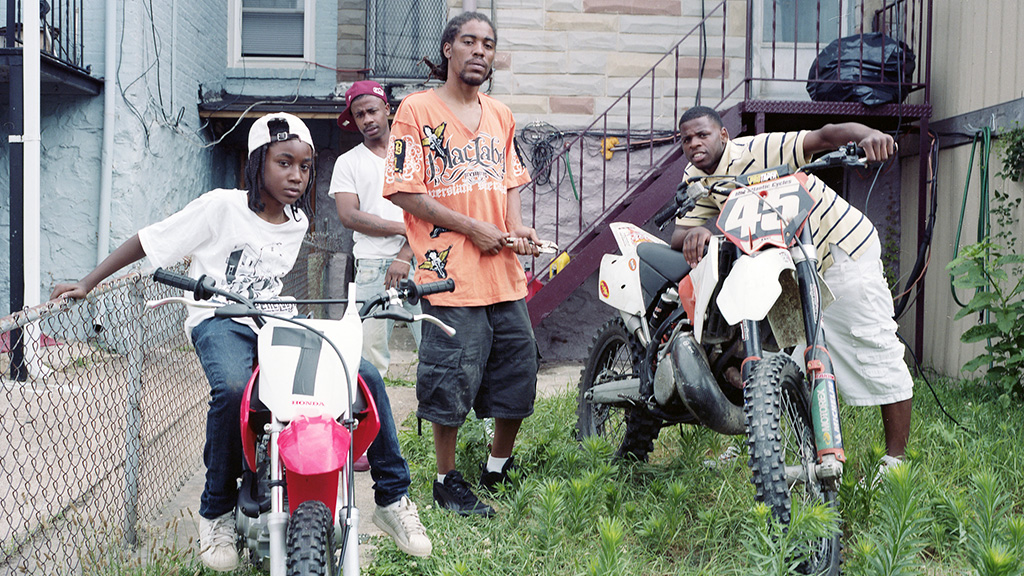
12 O’Clock Boys
12 O’Clock Boys is ostensibly a documentary about the dirt bikers who travel in gangs around Baltimore, doing wheelies, cutting off traffic, and drawing the ire of local police. But director Lotfy Nathan approaches the topic through a profile of Pug, a young teen who Nathan films over the course of three years as he tries to join a dirt bike gang. The bikers are nuisances to many but, as they explain in the doc, they’re some of the only positive role models in neighborhoods beset by poverty, drug use and violence. Watching Pug, the struggle to avoid the worst consequences of a life beset by such conditions comes into stark relief.
In Bloom
In Nana Ekvtimishvili and Simon Gross’s film, the early teenage years of Eka (Lika Babluani) and Natia (Mariam Bokeria) correspond with the tumultuous first years of the Georgian state, during which it faced a devastating civil war in the northern territory of Abkhazia. Eka and Natia face some familiar troubles with boys and parents, and some recognizable turmoil over how to confront the cultural expectations that they increasingly face as young women. But it all gets exacerbated in an anarchic environment where the perils of any rebellion feel particularly pronounced.
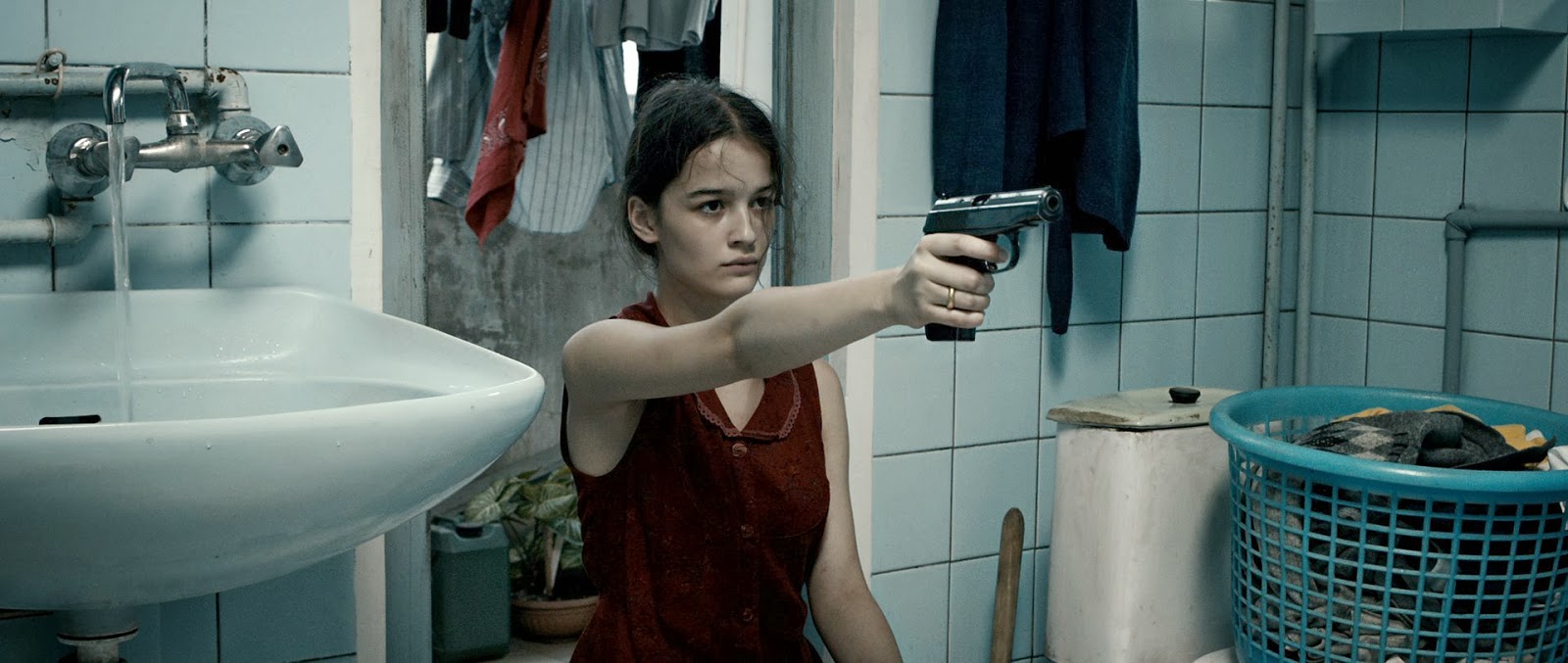
Obvious Child
Gillian Robespierre’s comedy was rightly praised this year for the unceremonious and mature way it handled its protagonist’s decision to have an abortion. But the context around the decision is also important. Donna (Jenny Slate), the woman who decides to abort, is a familiar character: she’s in her twenties, scraping by while hoping for a breakthrough in her creative field of choice, still overdrinking sometimes and rarely exhibiting completely mature behavior. All of which makes Obvious Child a coming-of-age story: in many ways the movie concerns Donna’s realization that some of those habits don’t suit her anymore. But the film is equally, and more importantly, a celebration of Donna’s freedom not to jump into adulthood at a moment’s notice. It’s about her right to grow up at her own pace, not one prescribed by others.
It Felt Like Love
All the characters in Eliza Hittman’s It Felt Like Love are playing roles: Chiara (Giovanna Salimeni) taking up the part of an authority on all things sexual; her best friend, Lila (Gina Piersanti), that of someone eager to learn from her and join her ranks. As we watch these performances, and wonder where they may lead, what stands out is the sinister undercurrent of Bittman’s film. But underlying the movie is also a candid portrayal of the physical and emotional discomfort of searching for one’s identity, a process that in It Felt Like Love resembles the impossible task of inventing and playing a role all at the same time.
Ida
The central journey in Ida is not the stuff of traditional coming-of-age stories. It concerns the titular character’s search for the truth about her parents, who she’s never met but learns were Jewish shortly before taking her vows to become a nun. Pawel Pawilowski’s film is in part about a reckoning with the past, but it’s equally about Ida (Agata Trzebuchowska) taking control of her future. The movie begins when she’s about to take a step that will define the rest of her life. It goes on to show her gaining the maturity to make such a choice with full confidence.
We Are The Best!
Partly because it’s adults who make them, coming-of-age films can seem destined to either provide nostalgia about bygone childhoods or lectures about the necessities of growing up. Not often does one get a film like We Are the Best! that exults so deeply in the actual pleasure of being young; that seems to live that pleasure right along with its characters. It’s not that director Lukas Moodysson willfully ignores his characters’ hardships—Bobo (Mira Barkhammar), Klara (Mira Grosin), and Hedvig (Liv LeMoyne), the three punk rockers at the center of the film, are teased and mocked, which is precisely what they find solace from in their music. And there’s an equally pointed sense in the movie that the three girls’ energetic rebellion might be fleeting; that soon they’ll turn into the more apathetic teenagers around them and afterward, worse yet, into something like the pathetic adults who raise them. But in the face of that reality, We Are the Best! is not wistful but jubilant. It’s a film that feels so connected to its main characters that you get the sense Moodysson is concerned simply with not bursting their bubbles.

